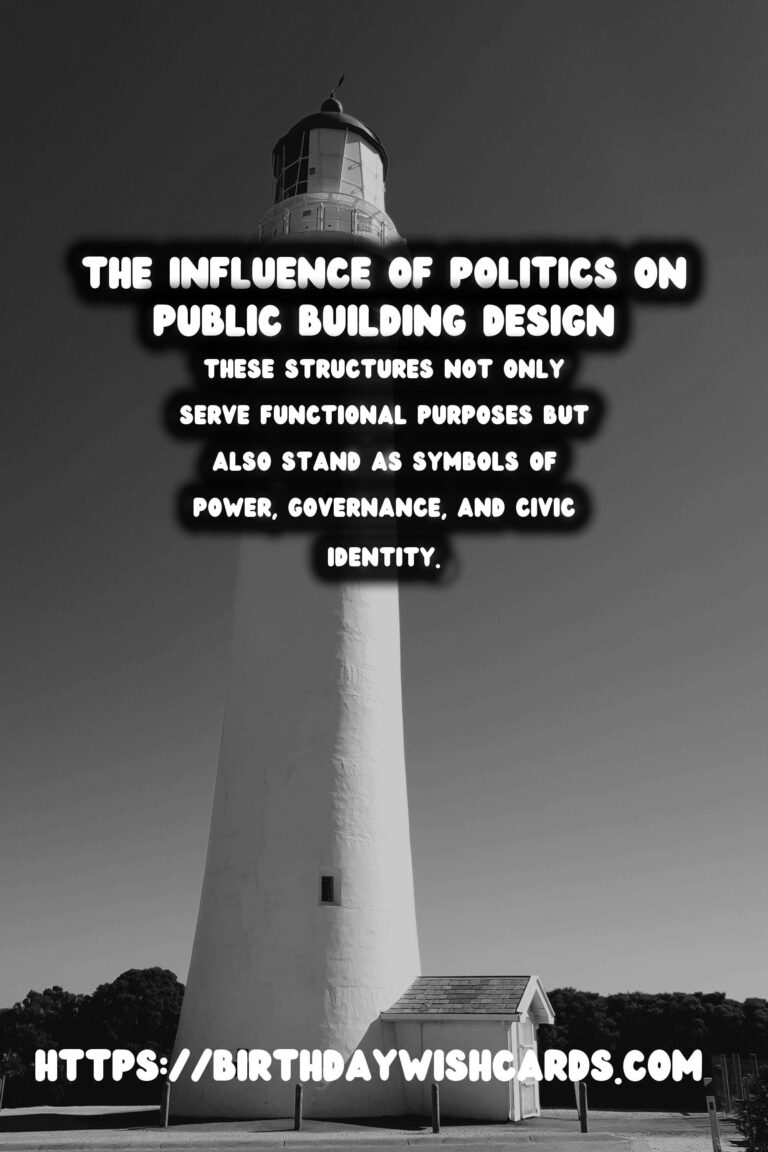
Introduction
Architecture has always been a mirror reflecting the socio-political climate of its time. Public buildings, in particular, carry distinct architectural designs that embody the political ideologies and aspirations of their creators. These structures not only serve functional purposes but also stand as symbols of power, governance, and civic identity.
The Ancient Wonders: Foundations of Political Grandeur
The grandeur of public architecture dates back to ancient civilizations. Structures like Egypt’s pyramids or Rome’s Colosseum were designed to display the might of empires and assert religious or political dominance.
The Great Pyramids of Giza, for instance, were not merely tombs but also demonstrated the pharaoh’s divine power. Similarly, the Roman Colosseum was a monumental space for political propaganda, showcasing the strength and organizational prowess of the Empire.
Medieval and Renaissance Influence: Power and Religion
The medieval period and the Renaissance saw a shift towards religious overtones in public architecture. Cathedrals and churches became the epicenters of architectural innovation, with their soaring spires and intricate stained glass windows.
The political aspect was intertwined with religious architecture as rulers consolidated their power through religious institutions. The grandeur of cathedrals such as Notre Dame or St. Peter’s Basilica reflected not only devotion but also the political clout of the church.
The Enlightenment to Industrial Era: Democracy and Monumentality
With the Enlightenment came the ideas of democracy and civic pride, leading to the construction of public buildings that celebrated these values. Structures such as the United States Capitol and the British Museum served as manifestations of national identity and democratic governance.
The Industrial Revolution further propelled changes in architectural design. Buildings became more functional, blending aesthetics with the technological advancements of the era. The use of iron and glass in train stations and exhibitions halls exemplified the era’s emphasis on progress and innovation.
Modern and Postmodern Architecture: Diversity and Global Politics
The 20th century saw the rise of modern architecture characterized by minimalism and functionality, exemplified by the Bauhaus philosophy. Public buildings took on innovative forms, breaking away from traditional designs to accommodate an evolving, global society.
Modern public buildings such as the Sydney Opera House or the Guggenheim Museum reflect a shift towards cultural significance and inclusivity. These buildings are both political statements and cultural landmarks, showcasing the dynamic and diverse nature of modern politics.
Conclusion: The Ever-evolving Political Significance of Public Architecture
As we move further into the 21st century, the architectural designs of public buildings continue to evolve. They remain crucial indicators of the times, revealing the political narratives and societal values that shape them. The intersection of architecture and politics will continue to influence how we design and perceive public spaces in an ever-changing world.
Architecture has always been a mirror reflecting the socio-political climate of its time. These structures not only serve functional purposes but also stand as symbols of power, governance, and civic identity. 

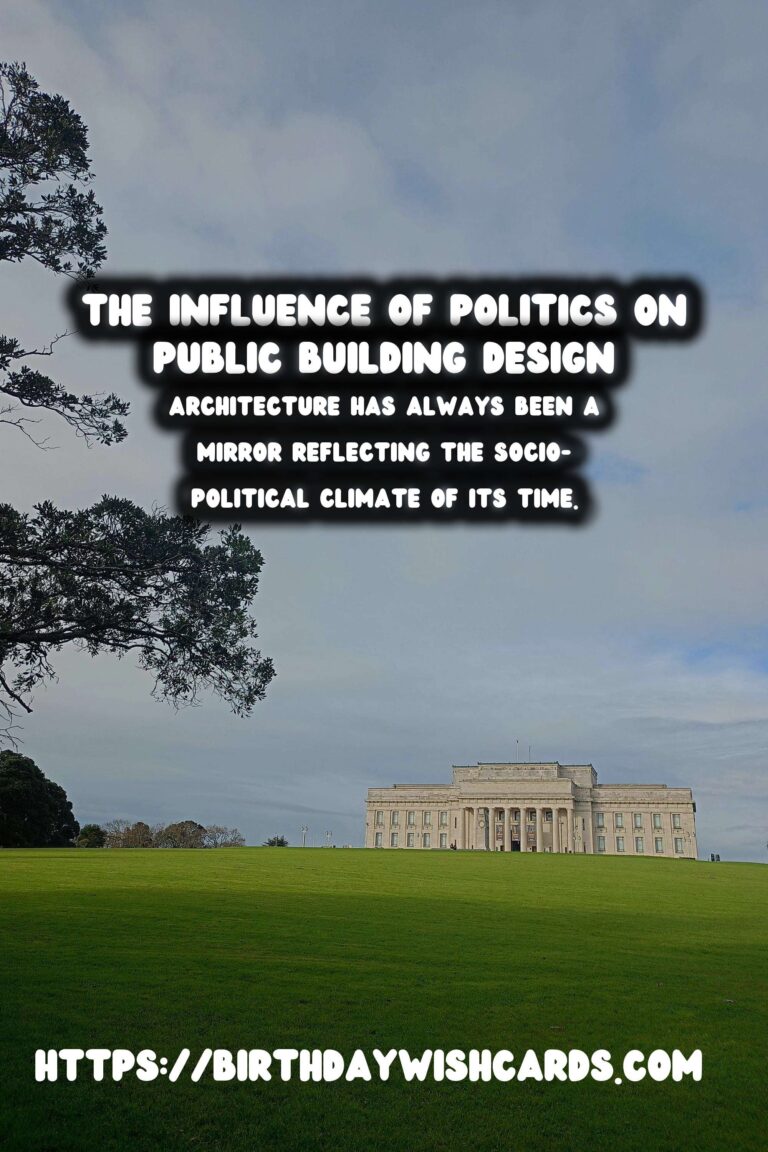
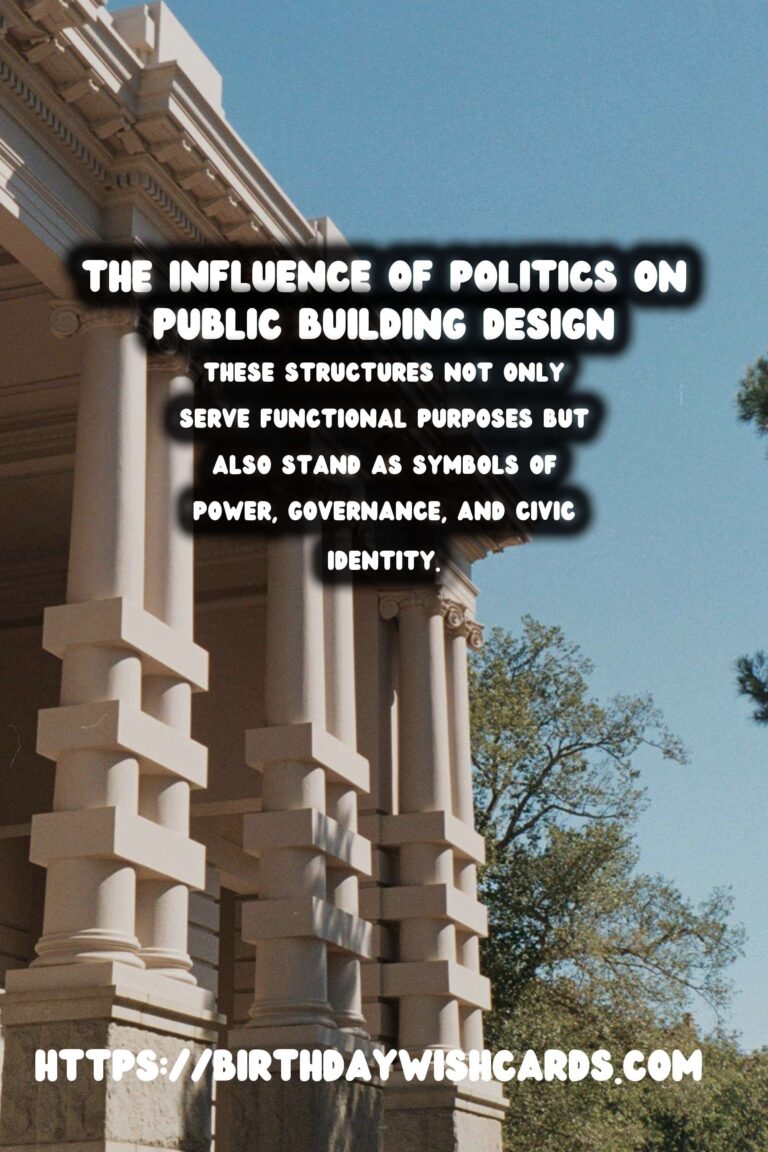
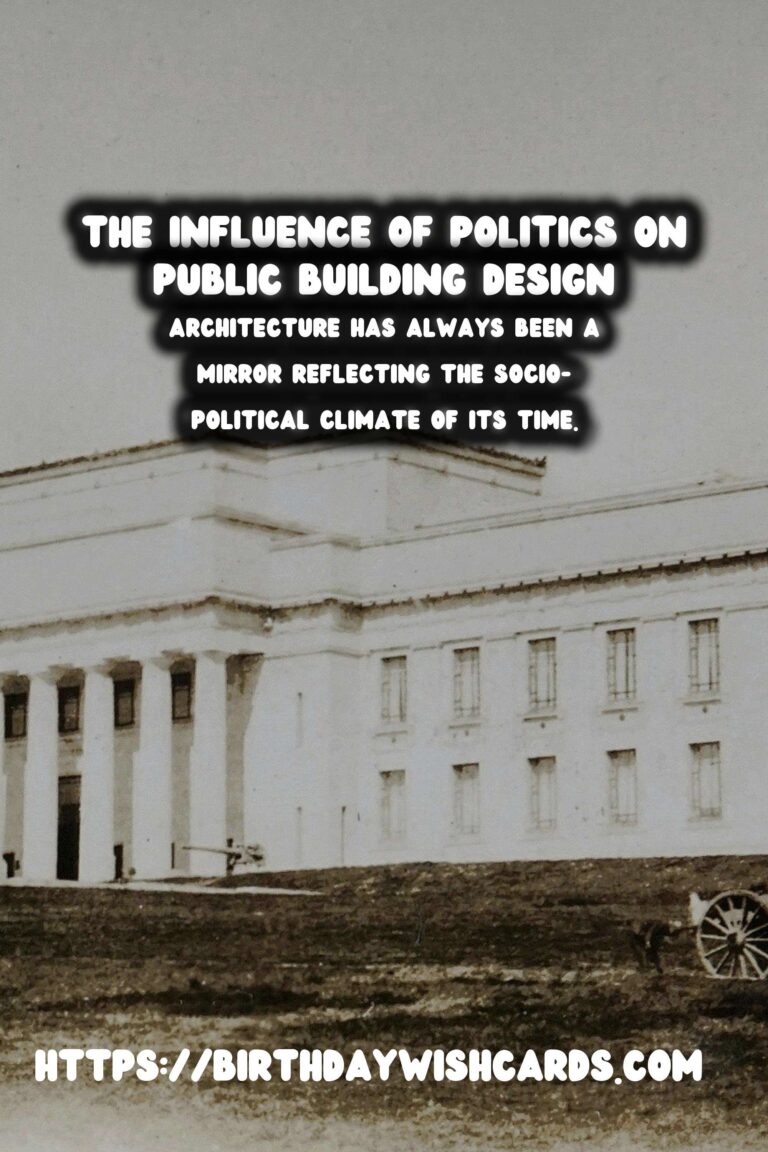
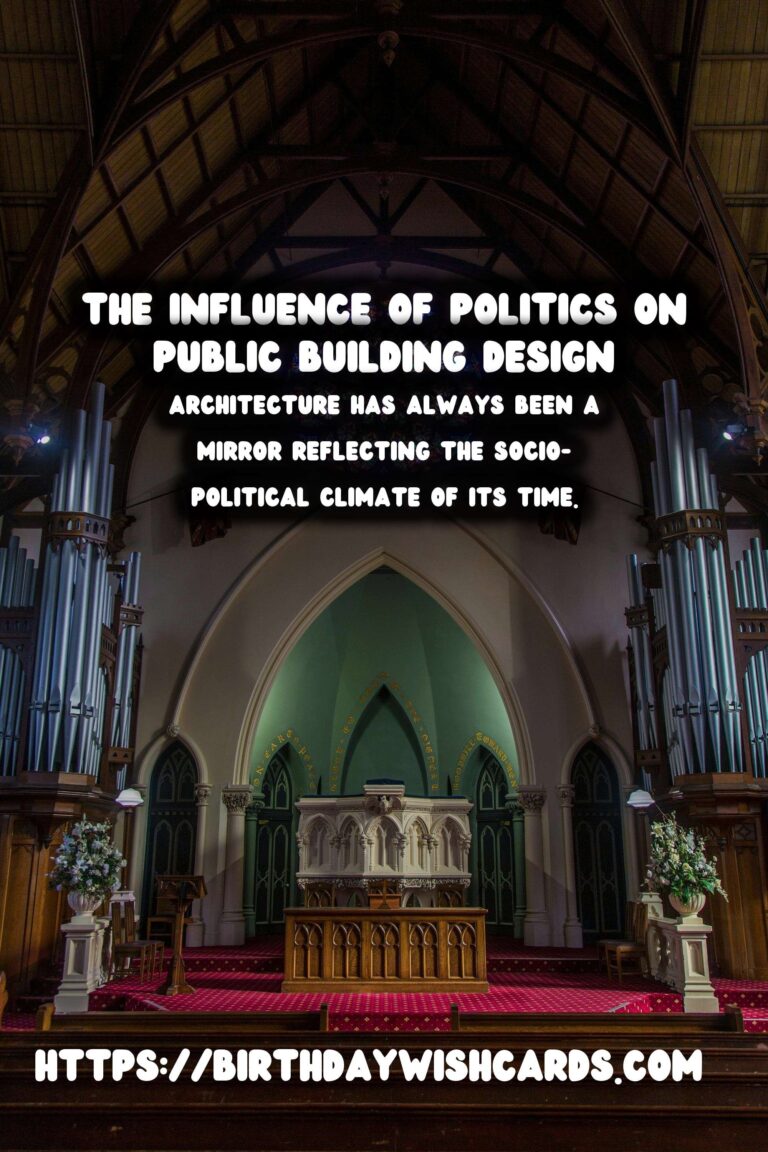
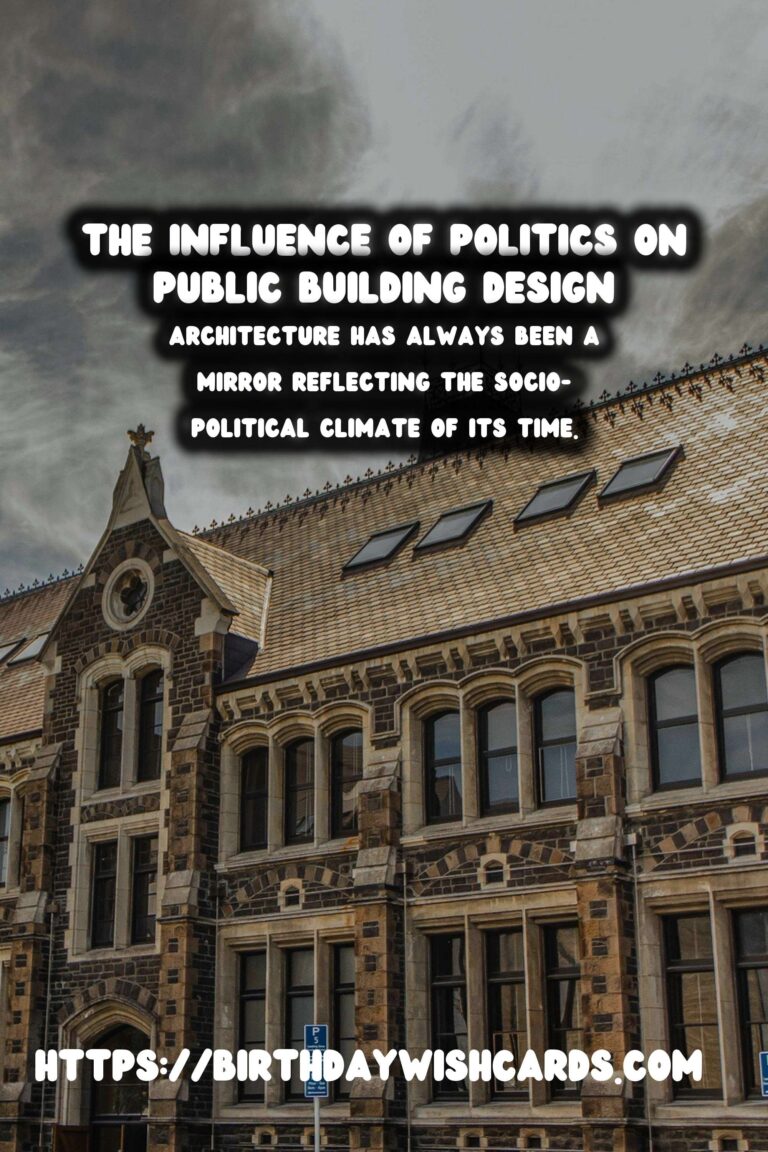
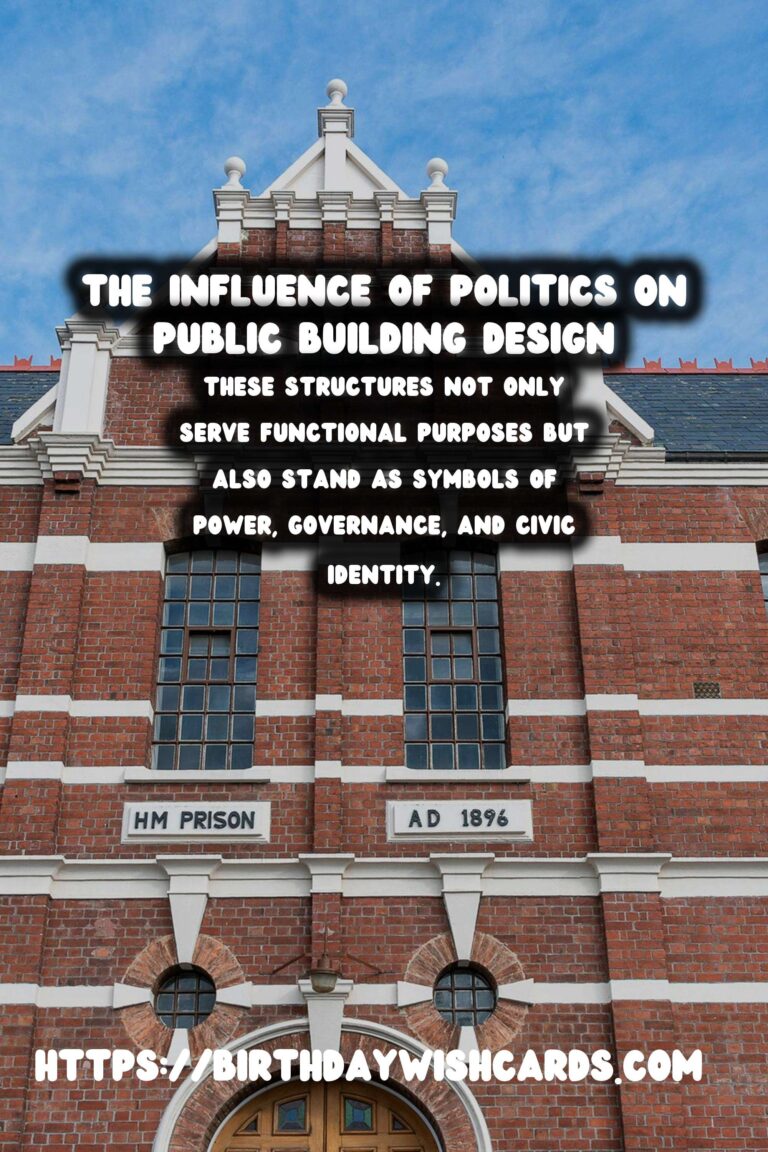
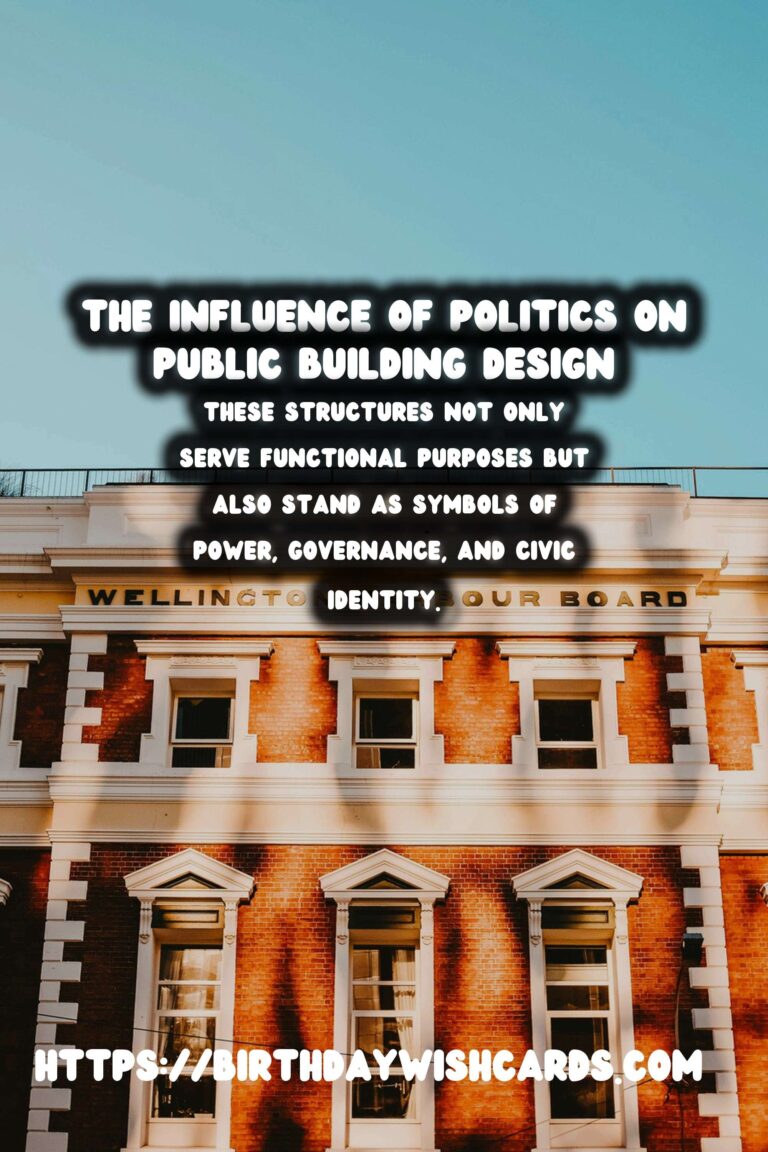
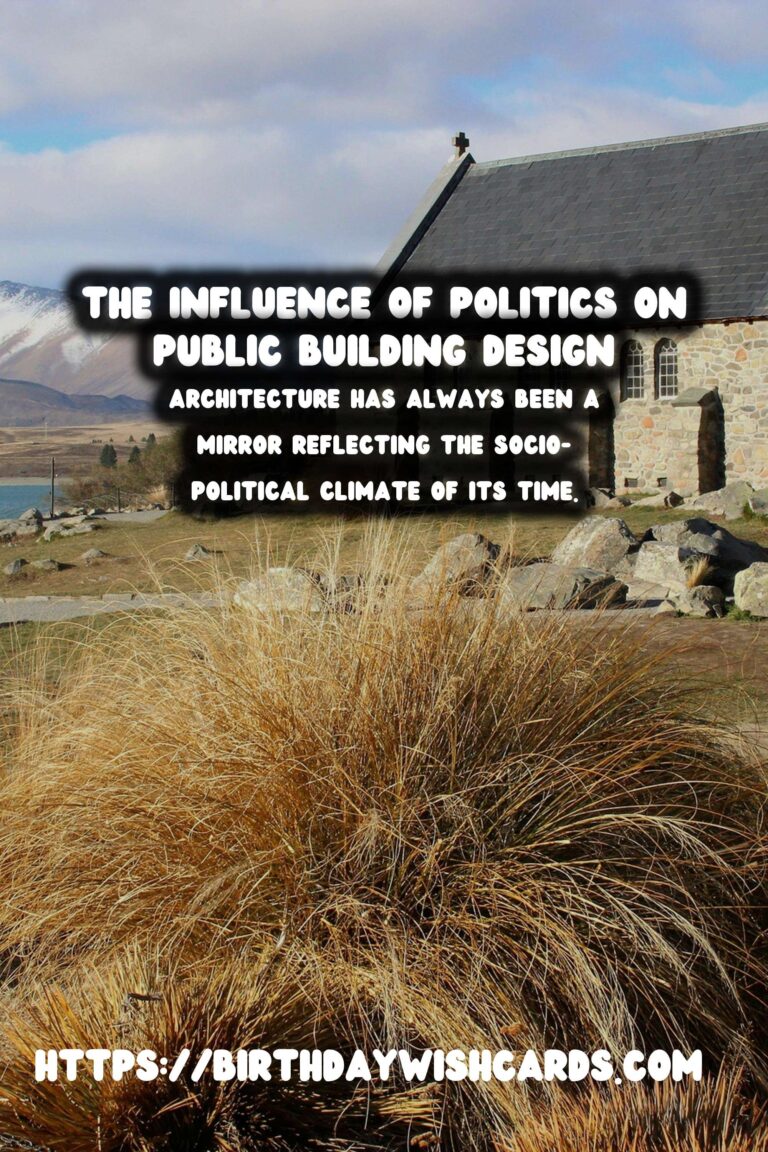
#Architecture #PoliticalHistory




